- News
- Reviews
- Bikes
- Accessories
- Accessories - misc
- Computer mounts
- Bags
- Bar ends
- Bike bags & cases
- Bottle cages
- Bottles
- Cameras
- Car racks
- Child seats
- Computers
- Glasses
- GPS units
- Helmets
- Lights - front
- Lights - rear
- Lights - sets
- Locks
- Mirrors
- Mudguards
- Racks
- Pumps & CO2 inflators
- Puncture kits
- Reflectives
- Smart watches
- Stands and racks
- Trailers
- Clothing
- Components
- Bar tape & grips
- Bottom brackets
- Brake & gear cables
- Brake & STI levers
- Brake pads & spares
- Brakes
- Cassettes & freewheels
- Chains
- Chainsets & chainrings
- Derailleurs - front
- Derailleurs - rear
- Forks
- Gear levers & shifters
- Groupsets
- Handlebars & extensions
- Headsets
- Hubs
- Inner tubes
- Pedals
- Quick releases & skewers
- Saddles
- Seatposts
- Stems
- Wheels
- Tyres
- Health, fitness and nutrition
- Tools and workshop
- Miscellaneous
- Cross country mountain bikes
- Tubeless valves
- Buyers Guides
- Features
- Forum
- Recommends
- Podcast
TECH NEWS
First look: Wilier Cento10NDR
Wilier’s new Cento10NDR endurance road bike features what’s called an ‘Actiflex’ system on the rear triangle with stays that flex, a pivot at the top of the seatstays and an elastomer shock damper, the idea being to add comfort over rough surfaces. It can also be set up with either disc brakes or rim brakes.
First things first: NDR aren’t initials, they’re just supposed to suggest endurance.
Second things second: riders of a certain age have a Pavlovian response to the word ‘elastomer’. We can’t stop ourselves from automatically saying ‘Girvin Flexstem’, and not in a good way. Wilier doesn’t think we need to make any comparisons there. We’ll come to how Actiflex works in a mo.
Third things third: the Cento10NDR is not a gravel bike, it’s an endurance road bike. Wilier says it’s perfect for cobbles but it’s designed with asphalt in mind.
The Actiflex system, which includes a specific geometry and carbon layup as well as the linkage system mentioned above, is intended to provide a few millimetres of rear wheel travel in order to isolate the rider from the ground and add comfort.
The chainstays are bonded to the bottom bracket shell in the usual way, the Actiflex system relying, as the name suggests, on flex in the stays in order to work.
One of the key features is a pivoting alloy link between the seatstays and the seat tube. It is held by locking bolts and moves on bushings. It’s made as a sturdy single block so as to resist sideways movement.
Vertical movement is controlled by a shock absorber that’s made from a technopolymer that, Wilier says, has very good resistance to weathering (Sunn mountain bikes, for example, used to have a vaguely similar system that relied on flex in the stays although it didn’t have a similar alloy link).
A picture paints a thousand words…
One thing that most people know about the elastomers used in early mountain bike suspension is that temperature could affect their performance. Wilier says that materials science has come on a long way since then and that the polymer it uses works properly from -40°C to 150°C, easily covering all riding conditions.
The shock absorber is available in three different hardness grades to suit rider weight, terrain and individual preferences.
The whole Actiflex system is small, not much larger than the standard seatstay/ seat tube junction of some bikes, and not especially noticeable at first glance. The idea, of course, is that the amount of movement at the saddle caused by irregularities in the road surface is reduced.
Although it doesn’t mention the Trek Domane directly (we’re reading between the lines here), Wilier reckons that its Actiflex system results in less horizontal movement of the saddle than that particular system, and although it doesn’t mention the Pinarello Dogma K8-S, it believes that the Actiflex’s alloy pivot means less lateral movement than you get with that design.
Check out our review of the Trek Domane SLR 6 here.
Read our First Ride report on the Pinarello Dogma K8-S here.
Obvious question: does it add much weight? Apparently not. Wilier claims a frame weight of 1,080g (size medium).
Obvious next question: does it work? The guys from Wilier visited road.cc HQ yesterday to show us around the Cento10NDR but we weren’t able to ride it so we can’t give you first hand information on that. We’re trying to get one in for review.
The Cento10NDR isn’t just about the Actiflex, it’s also notable for being compatible with both direct mount rim brakes and flat mount disc brakes, so if you later change your mind about what you want you can swap between them. The redundant mounting holes will be filled with colour matched bolts/bungs on final versions of the bike so they’re less noticeable.
If you go for disc brakes a brace plate is fitted to the rim brake mounts. It’ll be carbon-fibre on production versions of the bike.
The dropouts of both the frame and fork are replaceable so you can run the bike with standard quick release skewers or 142 x 12mm thru axles.
The Cento10NDR has Kamm tail frame tubes profiles based on NACA aero sections that are close in shape to those of the existing Cento10Air. The fork uses the same aero profile.
Like that bike, the Cento10NDR has the option of cable routing inside Wilier’s own handlebar and stem and from there into the frame and fork via the head tube. If you have an electronic groupset with disc brakes there will be no external cables whatsoever.
The down tube incorporates the same integrated cable plate that allows the use of any groupset, mechanical or electronic. Here it’s set up with a barrel adjuster for the mechanical front derailleur.
You get enough clearance for 32mm tyres if the Cento10NDR is set up with disc brakes or 28mm tyres if you go for direct mount rim brakes (it’s the brake callipers rather than the frame that become the limiting factor here).
The Cento10NDR is built with tube dimensions and wall thicknesses that are specific to the frame size. The intention is that riders of all sizes will get the same feel.
The geometry of the Cento10NDR makes for a more upright riding position than you get on Wilier’s race bikes like the Zero .7 and Cento10Air. To take the medium sized frame as an example, you get a seat tube of 51cm, a top tube of 54.7cm and a head tube of 15.7cm. The head angle is a little slacker than normal at 72°, the stack height is 566mm and the reach is 379mm.
The Stemma stem, which runs parallel to the ground to keep the frontal area as low as possible, is available in 90mm, 100mm, 110mm and 120mm lengths while the Barra handlebar comes in 40cm, 42cm and 44cm widths.
Prices have yet to be finalised.
Mat has been in cycling media since 1996, on titles including BikeRadar, Total Bike, Total Mountain Bike, What Mountain Bike and Mountain Biking UK, and he has been editor of 220 Triathlon and Cycling Plus. Mat has been road.cc technical editor for over a decade, testing bikes, fettling the latest kit, and trying out the most up-to-the-minute clothing. He has won his category in Ironman UK 70.3 and finished on the podium in both marathons he has run. Mat is a Cambridge graduate who did a post-grad in magazine journalism, and he is a winner of the Cycling Media Award for Specialist Online Writer. Now over 50, he's riding road and gravel bikes most days for fun and fitness rather than training for competitions.
Latest Comments
- A V Lowe 2 hours 12 min ago
Oh dear even your staff & copy checkers can't even use the right terminology...
- ktache 2 hours 21 min ago
Nokons on two of mine, longitudinal XTR on the other.
- wtjs 2 hours 50 min ago
Excellent, Lancashire Road Police! I and many others are pleased that some Police Services are stressing this point. Language is important:...
- mctrials23 4 hours 12 min ago
This is exactly the sort of thing AI enables them to do. Previously it was thought impossible to do something like "if user is travelling for 3...
- archieboy 4 hours 35 min ago
No, just to expensive, I went Jonas and Demi as the expensive picks....
- Oldfatgit 10 hours 20 min ago
[Snip]...
- chrisonabike 11 hours 40 min ago
Well, Edinburgh certainly has hills, there's quite a bit of pavé and Arthur's seat is regularly motor-traffic-free anyway, so that would work. ...
- AJ101 12 hours 16 min ago
It was never the same after David Duffield left. With no more "Turn your granny to the wall" it felt too professional. And in the era of big...
- chrisonabike 13 hours 58 min ago
I think there could be a whole other thread there... per your post on the funnies of the US vs. Switzerland. (Or possibly a report to government...
- LookAhead 14 hours 50 min ago
Now where's the fun in being logical?...























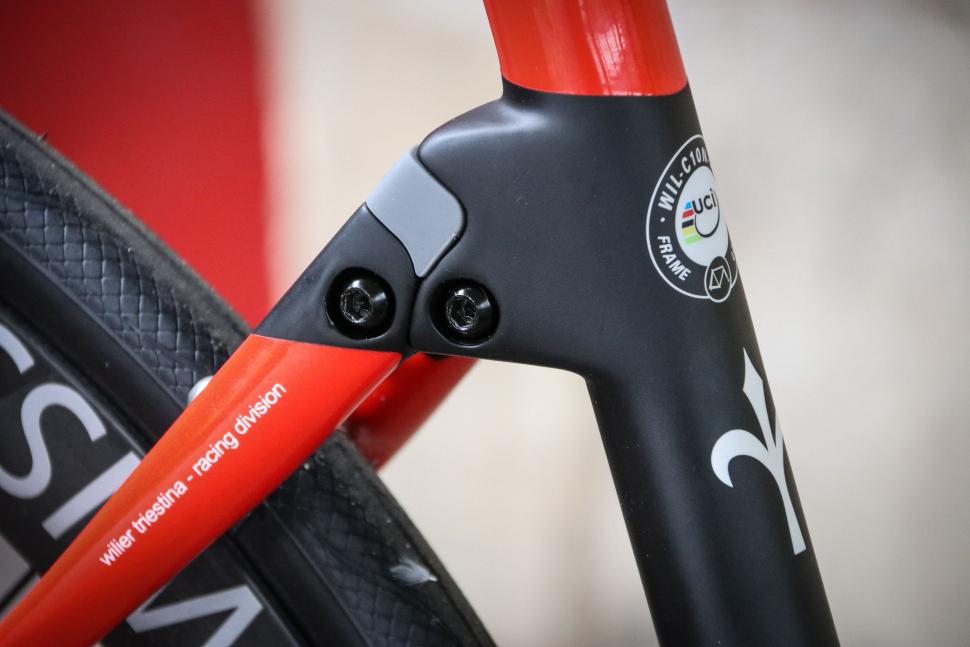
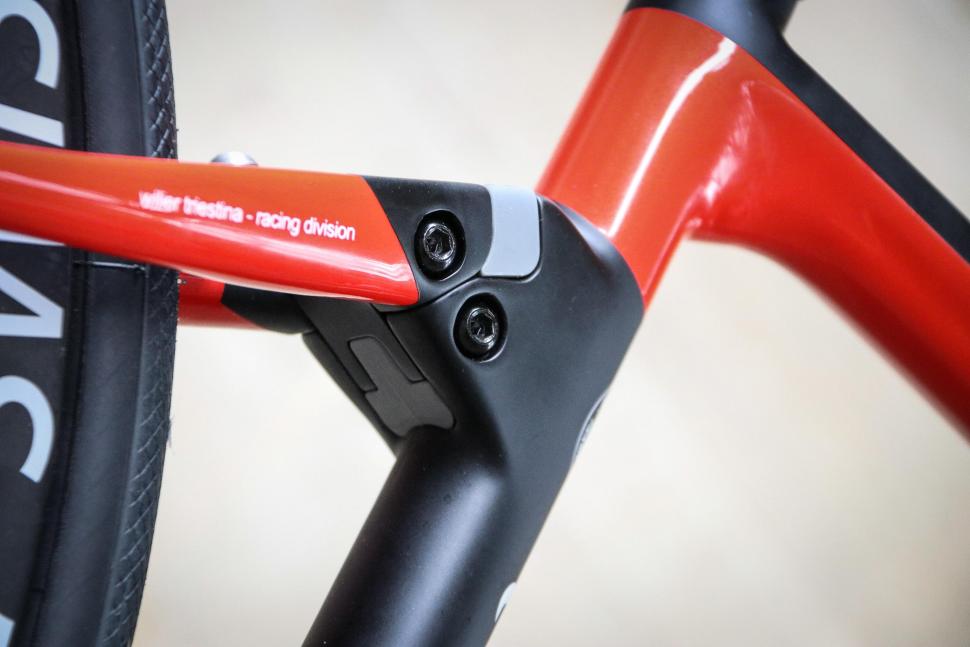
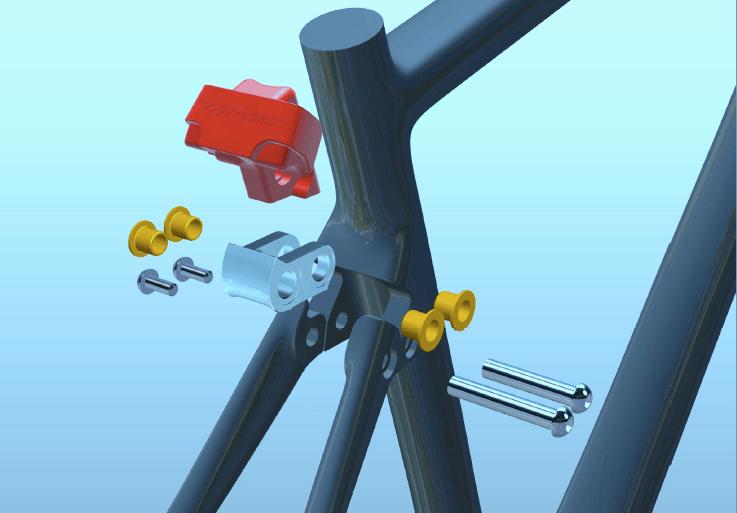
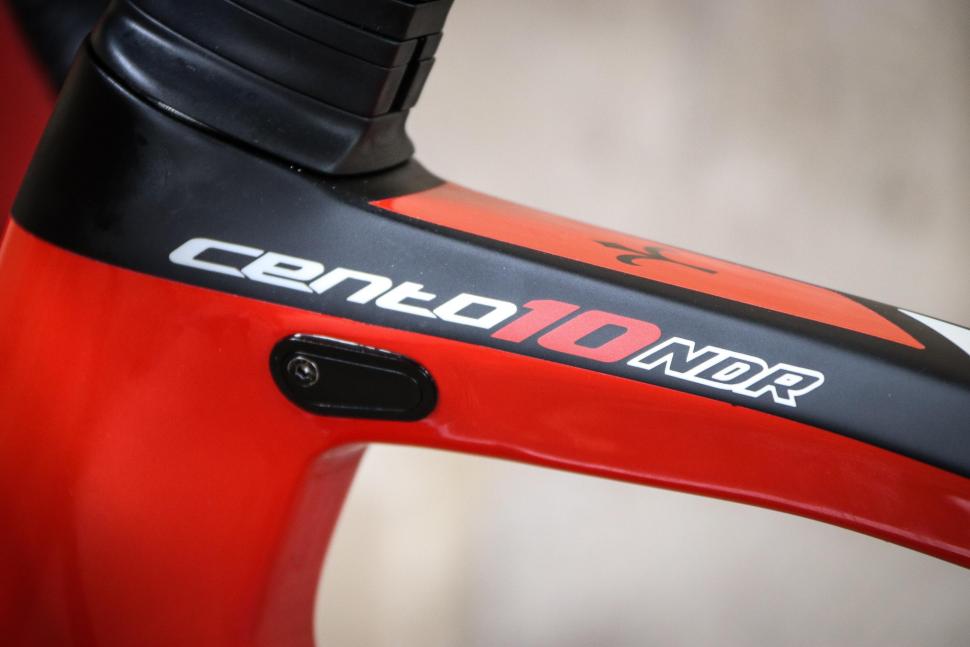
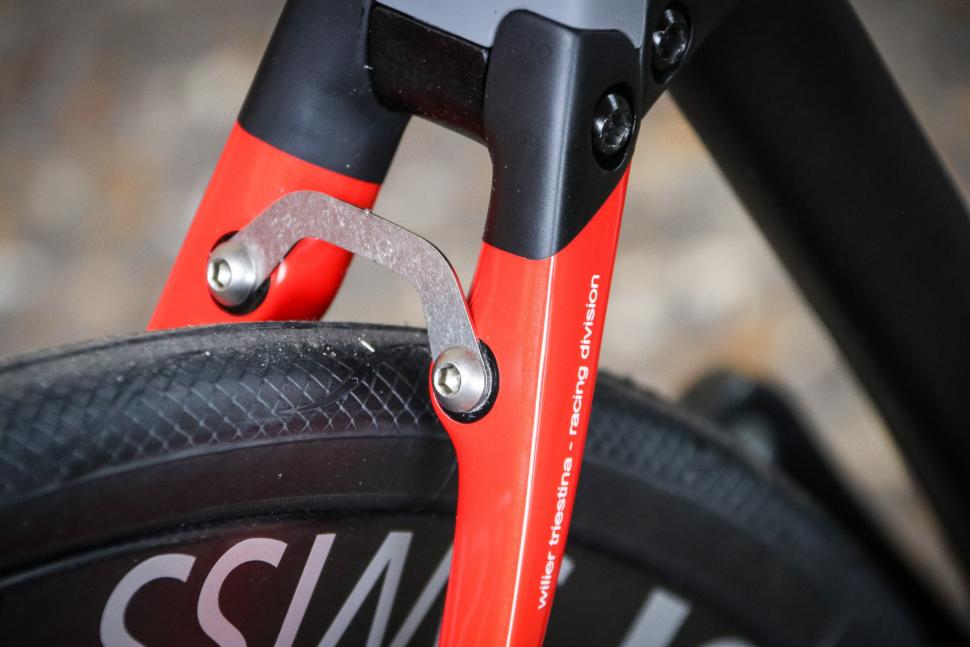

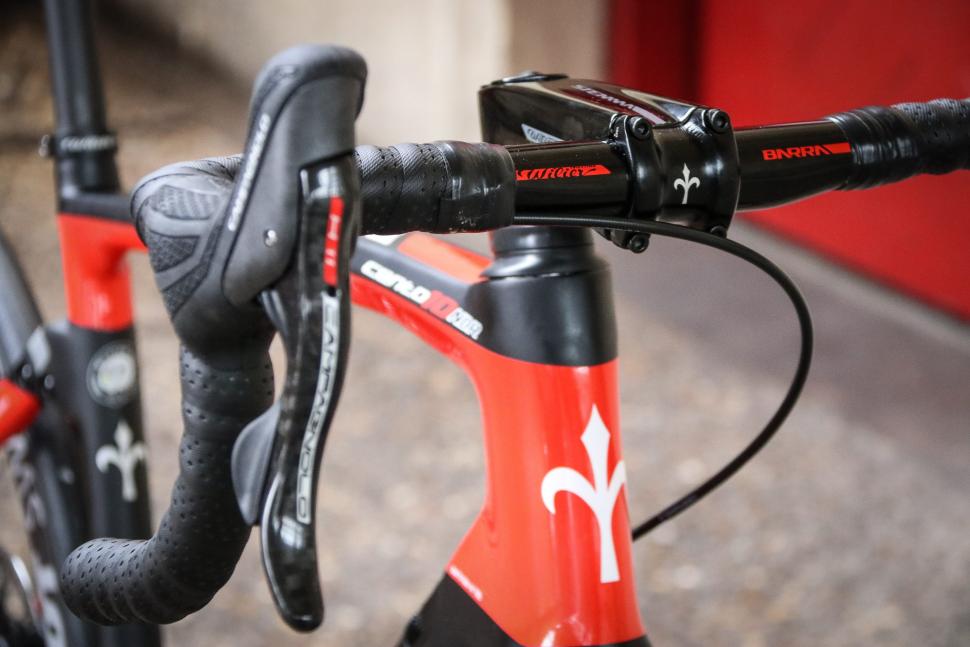
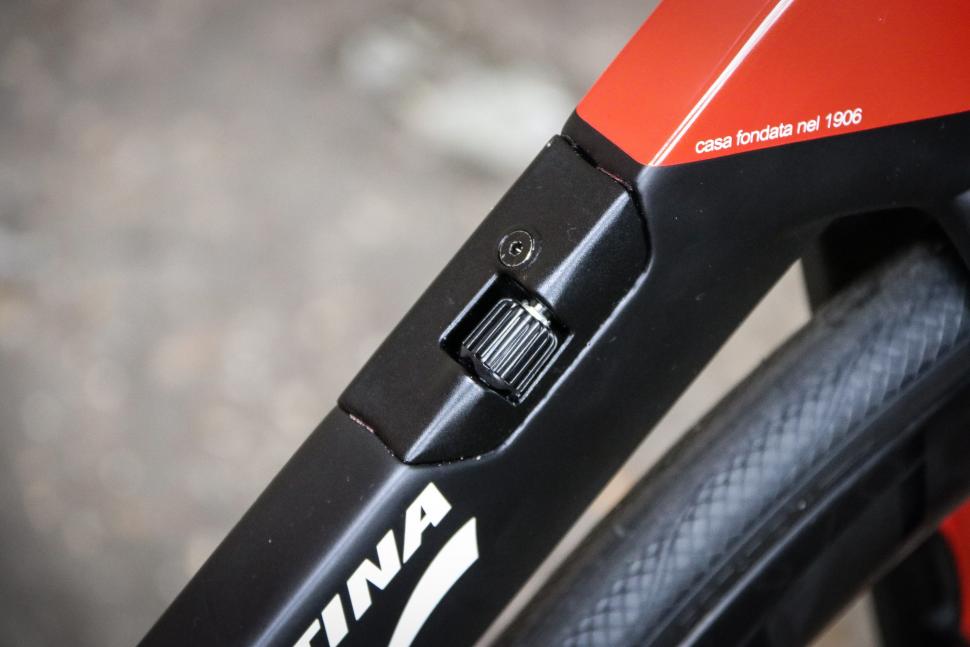


Add new comment
5 comments
Mmmmm. So disc brakes put assymetric forces on the frame and fork, to the extent that Cannondale design a very assymetric bike in the new Synapse. Wilier just remove the rear brake and lob on a little piece to hold the seat stays together. Was this done in someone's garage?
Looks like they copied the Domane as closely as they could without getting sued.
Entirely different tbh.
Racing Brompton. I guess the number of people willing to drop serious folding into that idea will number somewhere in the double digits.
have the frame/wheel companies adopted a standard rear size for disc yet?